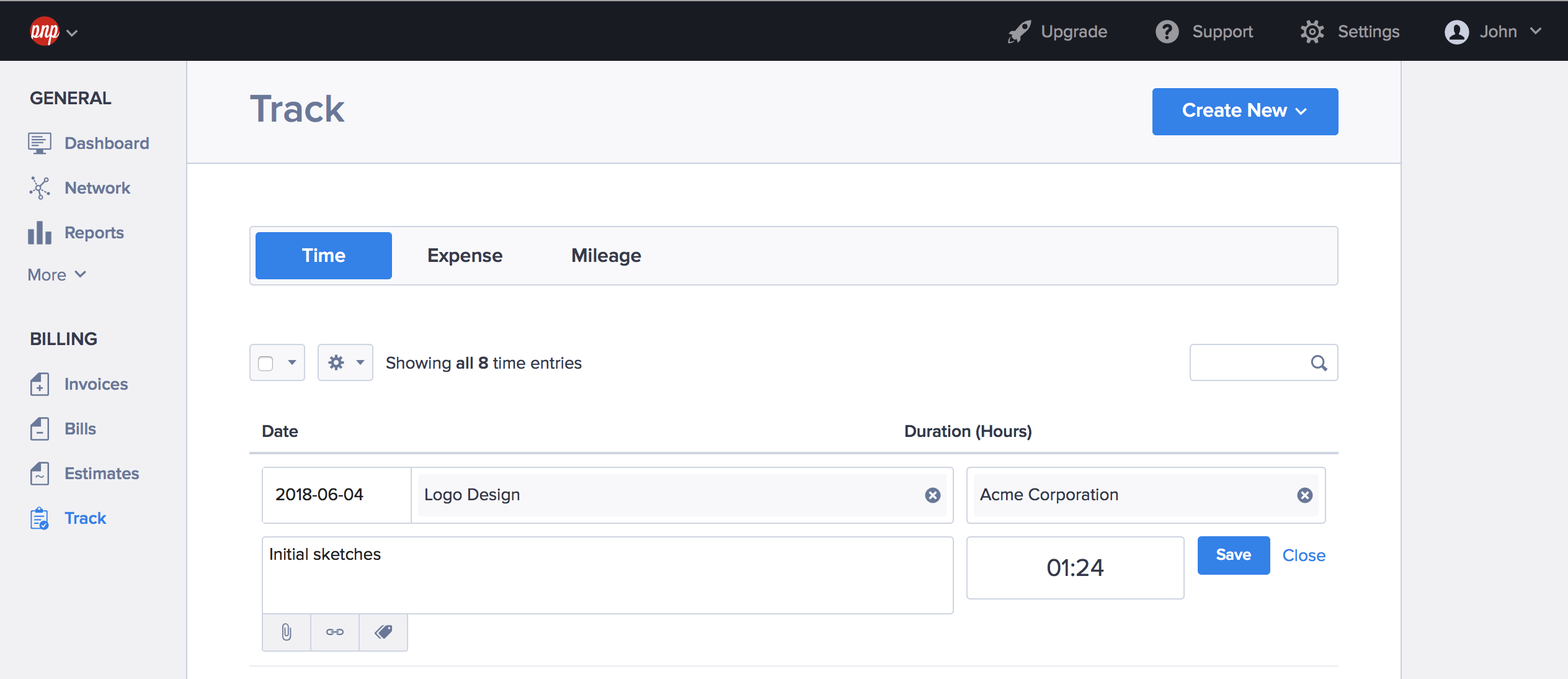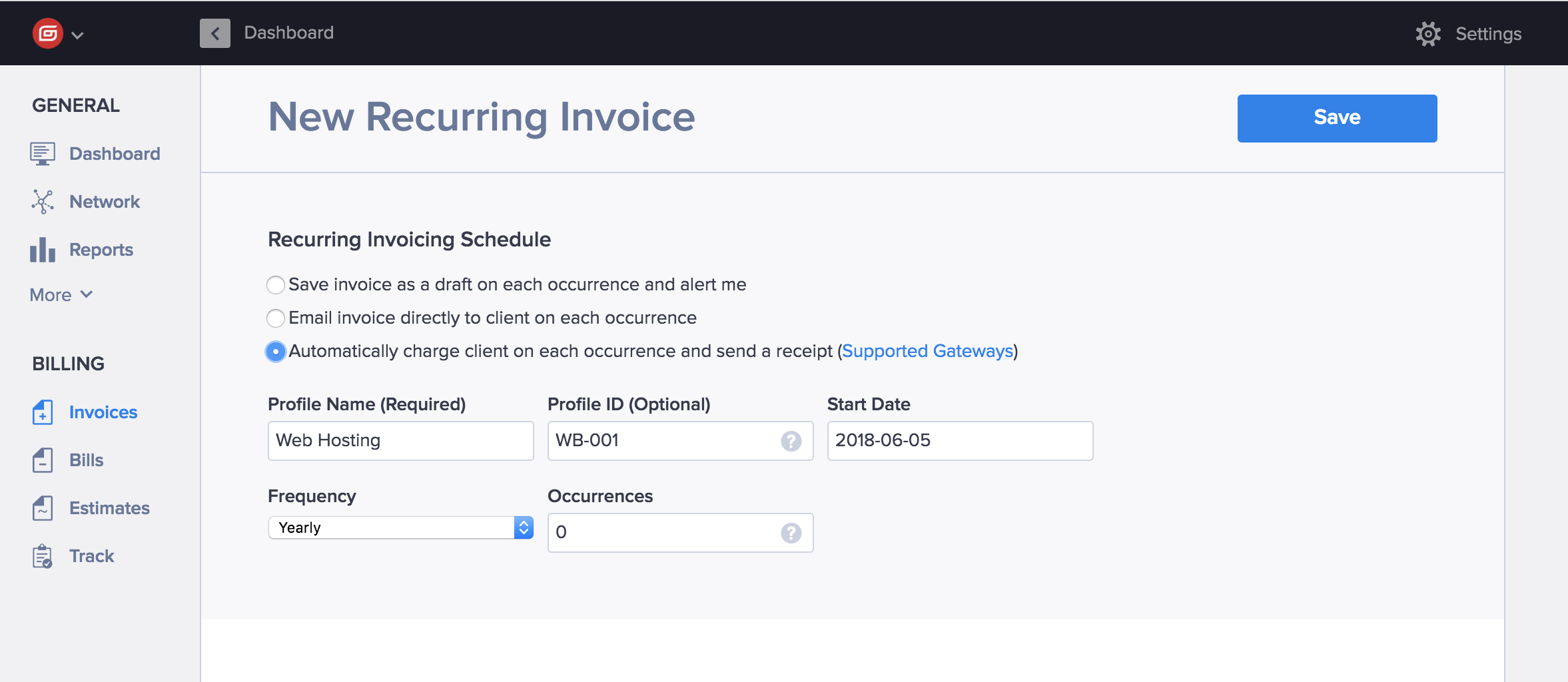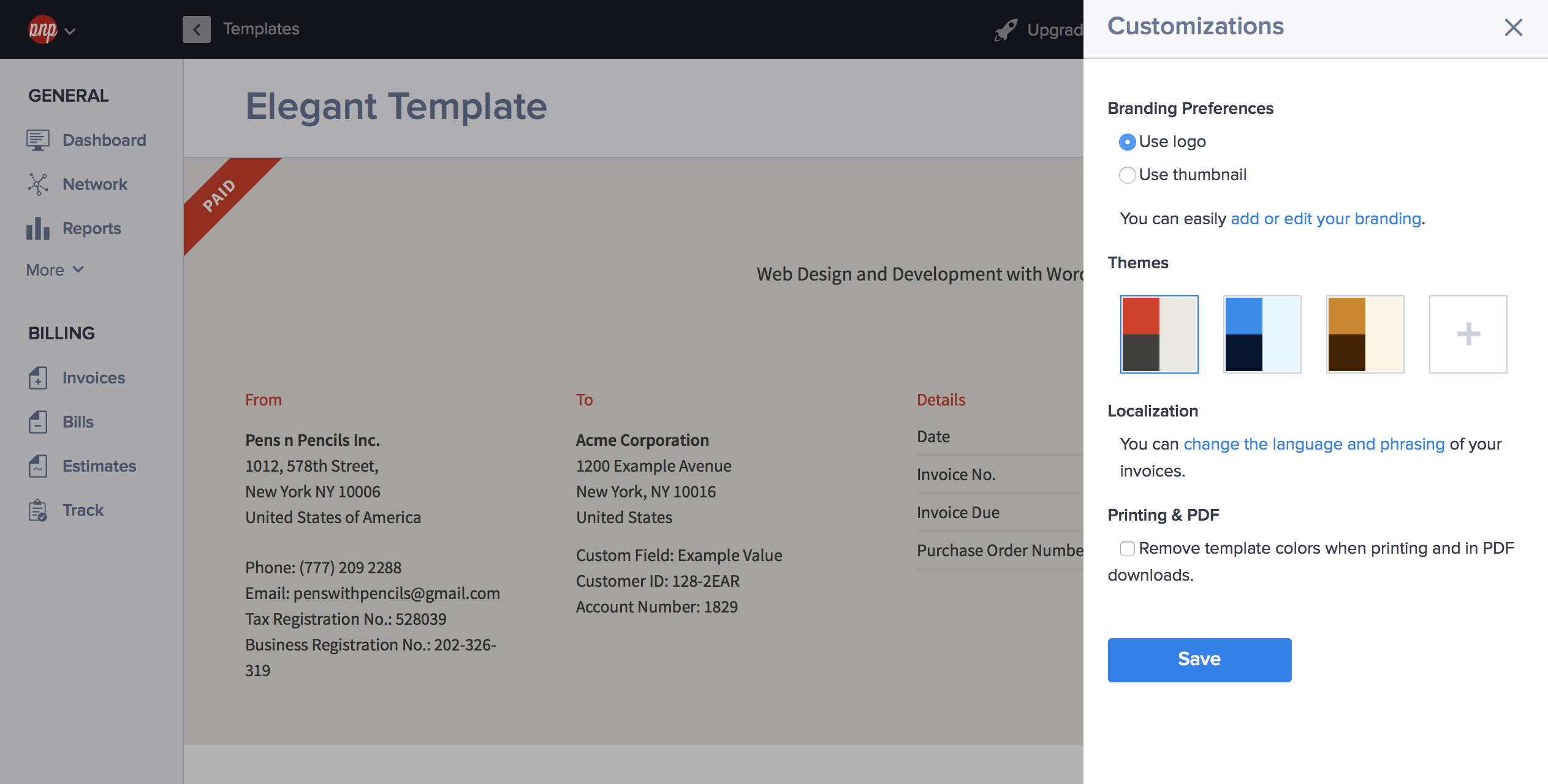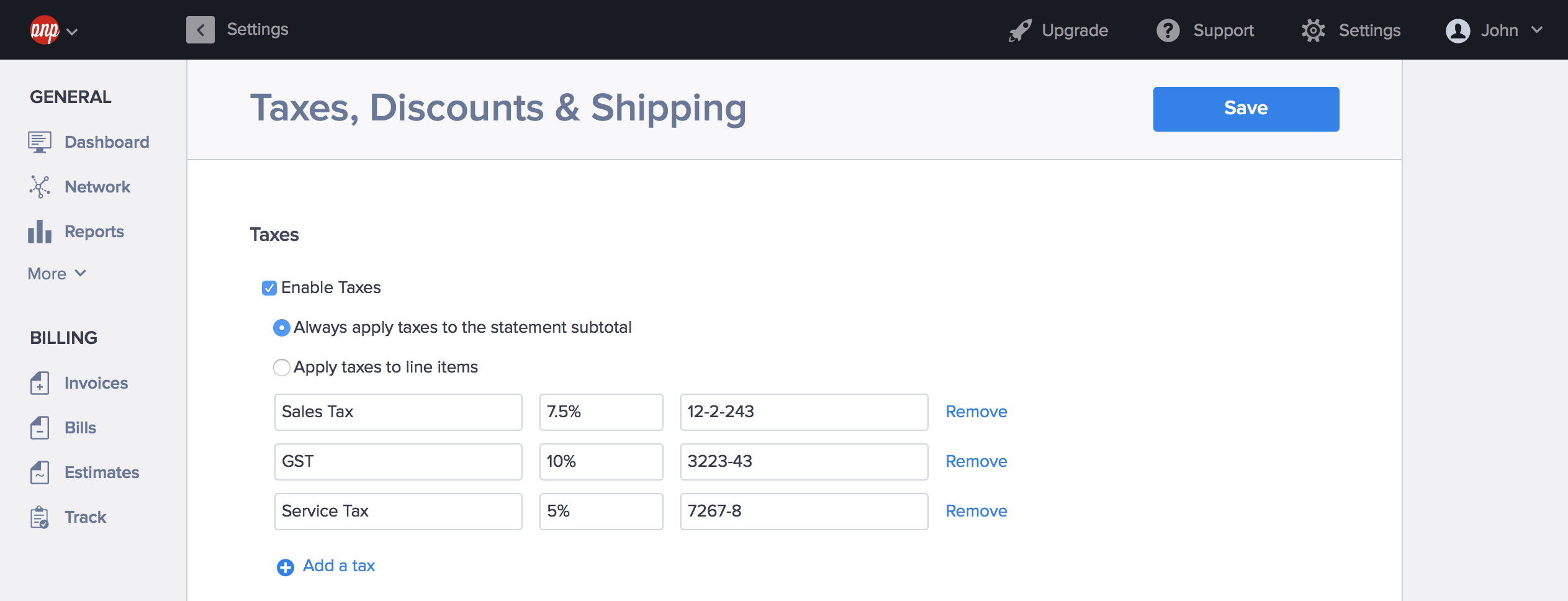10 Common Invoicing Mistakes (And How to Avoid Them)
Everybody makes mistakes, but that doesn’t mean you shouldn’t do your best to avoid them. This is especially true when it comes to online invoicing. Errors such as non-optimal payment terms can lead to lost revenue and issues with cash flow, or even worse scenarios.

As with most areas of life, your best defence against these billing errors is knowledge and preparation. Understanding what mistakes are likely will put you on your guard. Plus, having a plan in place to prevent errors (or deal with them if they occur) will help to minimize their impact.
A better way to manage your finances
With Hiveage you can send elegant invoices to your customers, accept online payments, and manage your team — all in one place.
In this article, we’ll talk about ten of the most common invoicing mistakes, such as delaying your invoices, not following up or sending payment reminders, and including surprising fees. We’ll also discuss what steps you can take to ensure that you don’t repeat them. Let’s take a look!
1. Inconsistently Invoicing Your Clients
Inconsistently sending invoices – for example, by delaying them or otherwise sending them on a different date each month – is an easy mistake to make. It’s understandable, because monthly dates don’t fall on the same day of the week. Many will simply pick a Monday morning or a Friday afternoon, and get to work.
However, this can cause issues for both your clients and you. Clients will have almost no idea when to expect their invoice, which can lead to delayed payments. The solution is to work from the calendar, and set your invoicing period to a regular date each month. This is usually the first or last day, although a midpoint can offer just as much consistency. Moving forward, your clients will have more time to prepare for your payments as your billing cycle will be predictable.
2. Not Chasing Up Debtors on Unpaid Invoices
Issuing invoices is one thing, but the job isn’t over once you’ve pressed Send. In fact, chasing up unpaid invoices is about much more than simply getting closure on your month’s work. Not doing so can seriously hinder your ability to grow.
On a basic level, the fix for this mistake is better organization. Once your invoices have been sent, you can set a reminder in your favorite calendar application, so you remember to chase up debts. When that time comes around, an email to each client should be enough to galvanize them into action.
However, Hiveage users can also take advantage of invoice status tracking and the accounts aging report, which provides a comprehensive audit trail to help you manage the current status of each payment.
In addition, most invoicing software like Hiveage includes automated reminders for your entire client base, which means that chasing up aged debtors can become a much simpler task.
3. Providing Unclear Payment Terms
You could be forgiven for thinking that those assigned to handle your invoices will be familiar with all of the various terms and jargon associated with bookkeeping. Of course, no finance worker worth their salt would lack basic knowledge of the industry. However, providing unclear terms of payment can still disrupt the payment process.
For example, the payment date: consider how many businesses offer ‘net 15’ payment terms. This means that payment is due within 15 days after an invoice is issued. However, it’s just vague enough messaging that it can be misunderstood somewhere along the finance chain.
For instance, does ‘net 15’ only include working days, and does it exclude weekend days when the company is still open for business? Offering a clear, fixed term such as ‘15 business days’ makes more sense, and is direct enough to be understood by everyone. Fortunately, Hiveage enables you to set a specific Invoice Due date, so you can avoid these mixups for good.
4. Including Billing Errors on Your Invoice
If you’re conscientious, you wouldn’t knowingly include errors in any of your deliverables. What’s more, you certainly check that your work is of a suitable standard before submitting it.
The same care should be taken with your invoices, especially if you’re looking to get paid on time. Otherwise, it’s your clients’ money and business that you’re making mistakes with. Seeing itemization or (even worse) monetary discrepancies on an invoice screams of a lack of care and attention. It’s no leap of the imagination to expect that clients worried by invoicing mistakes like this will look for an alternative supplier.

To maintain your clients’ trust, you’ll need to create your invoices diligently. While Hiveage includes time-tracking features by default, there’s no substitute for entering the correct details in the first place. Much like the work you deliver, double-checking your invoices before they’re sent can make all the difference.
5. Making It Difficult For Your Clients to Pay
You could do everything else right, but if you fail to provide a smooth way for your clients to pay, you’re likely to see many of them join your aged debtor list. One easy way to avoid this is offering multiple payment options.
We shouldn’t have to sell you on the benefits here. In a nutshell, your whole invoicing process should be geared towards making payment the easiest task your clients have to complete all month. There’s a direct correlation between a convoluted payment process involving complex instructions and details, and a delayed payment.
While there are many ways to deal with this, we’re rather proud of our system for recurring payments:

With this feature, you can set up automatic issuing of invoices at the same time every month, and choose a specific number of ‘occurrences’. What’s more, there are a multitude of different payment options you can include, all accessed via one click directly from the invoice you send.
6. Not Using Company Branding on the Invoice
Next, we’re going to look at an invoicing element that is often prioritized low, even though it can have a significant impact. Branding is important for practically every customer-facing aspect of your business, and this includes your invoices.
From a practical viewpoint, branding your invoices means your client knows who you are straight away, and hopefully understands what the invoice relates to. Using a compelling logo and clear overall branding helps to ensure that your invoices will be spotted within the pile, meaning your clients are less likely to pass them over. What’s more, there’s a professional air inherent in a branded invoice, which could improve your recognition and standing.
Fortunately, Hiveage has the functionality needed to help you create custom invoice templates, and add branding elements based on your specific requirements:

Practically every element can be customized to taste. This gives you a great base to work with, and another opportunity to increase brand recognition.
7. Not Offering Clarity and Itemization
Building up a client base will inevitably result in a degree of turnover. Even so, you’ll likely have long-term clients at your core, and there’s a danger that your invoicing could become ‘lax’ the longer they’re on your books. Ultimately, this familiarity could see you simply sending an invoice with a total, or a vague description of what was completed.
This is understandable, mainly because you both know what work has been completed, and how much it will cost. However, keeping clarity high and itemizing every job keeps the client-business relationship on a professional footing. This is especially true as a small business, where getting paid on a job-by-job basis means more than it does to a large organization. Also, with a greater level of detail on each invoice as your modus operandi, there’s less scope for queries to arise.
In our opinion, this is a question of organization. Making sure you’re clearly labelling the work you’ve undertaken and itemizing every aspect starts at the project’s inception. We recommend choosing a phrase (for example, “Home page redesign”) and referring to it constantly. This includes using it as the subject of your emails, within any internal documentation, and most importantly, as the entry on your client’s invoice.
8. Sending Invoices to the Wrong Person
We’ll be blunt here, and say that sending invoices to the incorrect person is arguably one of the biggest invoicing mistakes you can make, especially given the potential results.
Think about it from your client’s point of view. You’ve taken the time to carry out a project, but you can’t even send payment information to the right person. If you’ve made such a blatant mistake with this smaller task, they’ll wonder what other issues are likely to crop up in your work. Much like many of the other invoicing mistakes on this list, a simple error can have drastic consequences.
For Hiveage users, this issue is a thing of the past. Your clients each have their own profile, which is connected to an email address you set. For that reason, there’s no excuse for sending invoices to the wrong person. That’s good news, since getting them to the right place means you can potentially receive payment much quicker.
9. Not Backing Up Your Invoices
If you’ve read any article about managing your website, you’ll have likely come across the advice to back up your content at every opportunity. This is essential, since a website that crashes without a way of restoring it is money down the drain.
You invoices are just as vital to back up, not least because (depending on your jurisdiction) you’ll be legally obligated to keep them on file for a certain period of time. Plus, being able to provide a client invoice archive upon request shows that you’re managing their accounts correctly.
Fortunately, Hiveage offers an automatic backup option using redundant storage space, to make sure your files are safe and sound. Since backups are carried out daily, your information will be safe regardless of your business’ size and invoicing frequency.
10. Including Hidden or Surprising Fees on Your Invoice
This last of our invoicing mistakes is one you’ll want to prevent even before you get to the payment stage. Nobody likes hidden costs, and including them on an invoice is bad form that can cost you a lot of business.
If you’ve ever been a victim of surprising fees, you’ll know where your clients are coming from. An unexpected charge tacked onto the grand total stinks of a scam, to put it bluntly. At the very least, there’s now a trust issue in play. This usually ends with a client heading to one of your competitors, never to return, and bad-mouthing you along the way.
The answer is to simply communicate all charges with your client upfront. This is a solution that appears deceptively simple. You’ll need to detail not only your project costs, but any ‘kill fees’, add-ons, taxes, and more:

When it comes to taxes, Hiveage even includes a flexible feature to help you itemize costs and save the specific setup for each client. This can speed up your invoicing process significantly.
Conclusion: Avoid Mistakes in Your Invoicing Process
Invoicing is a central part of doing business, especially for freelancers and small teams. Getting paid on time can be the difference between a good and a bad month, so making sure your invoicing process is watertight is crucial.
In this piece, we’ve looked at how supposedly minor invoicing mistakes, such as sending them to the wrong person or forgoing branding, can hamper your ability to get paid. The solution is to choose a powerful online invoicing solution such as Hiveage, and get back to what you do best.
Have you made any invoicing mistakes we’ve missed from this list? Tell us about your experiences in the comments section below!
Join thousands of business-savvy entrepreneurs on our mailing list.
Curated emails that’ll help you manage your finances better.




